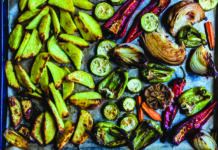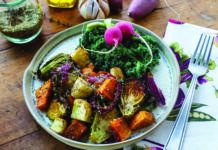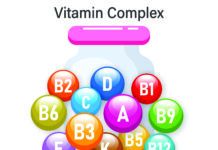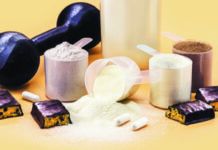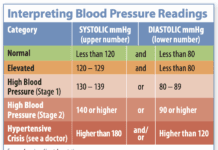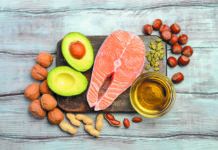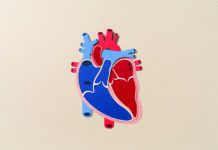A. “The number of calories in a portion of food depends on the make-up of the food itself, adjusted for portion size,” says Judith C. Thalheimer, RD, LDN, managing editor of Tufts Health & Nutrition Letter. “A calorie is a unit of heat energy. What we call a food ‘calorie’ is actually technically a ‘kilocalorie’ (the energy needed to raise the temperature of one kilogram of water one degree Celsius).”
“Just like a gas stove burns natural gas to create energy to boil water, the body ‘burns’ food calories to create energy to fuel all the chemical reactions and bodily functions we need to live. Protein, carbohydrate, and fat molecules, as well as alcohol, can all be broken down to release this energy. Vitamins, minerals, phytochemicals, and (for the most part) fiber, cannot – so these food components do not provide the body with calories.”
“Scientists can measure calories by putting food in a sealed container surrounded by water, burning the food, and measuring the rise in water temperature. This apparatus, known as a ‘bomb calorimeter,’ is rarely used anymore. Food manufacturers now calculate calories by adding up the calories provided by each of the energy-containing nutrients in the food—and so can we.”
“Protein and carbohydrate each have four calories per gram. Fat has nine calories per gram, and alcohol has seven. To determine the number of calories in a portion of food, one would need to know how many grams of each of these components is on the plate or in the glass, multiply by the number of calories per gram, and add it all up. Fortunately, there are many apps, websites, and books that can do the math for us! To find out how many calories a portion of food or drink provides, simply measure the quantity and plug it in.”


